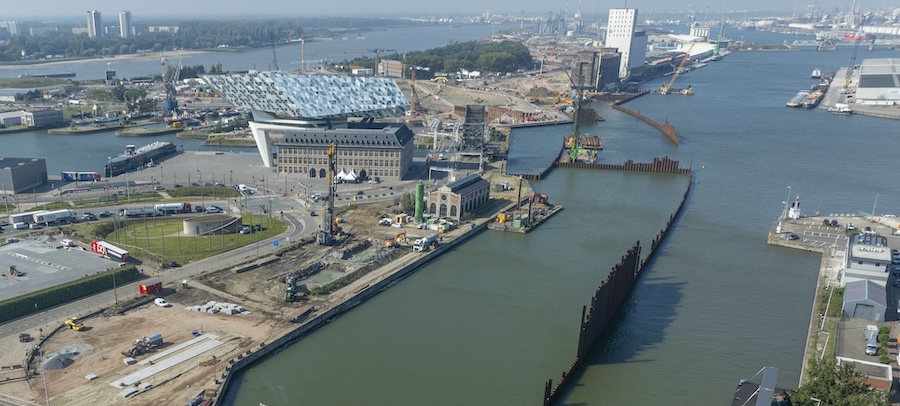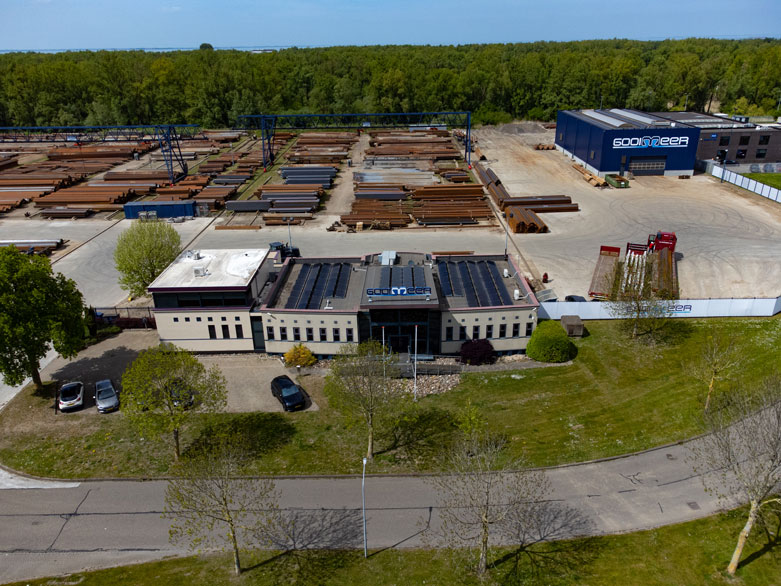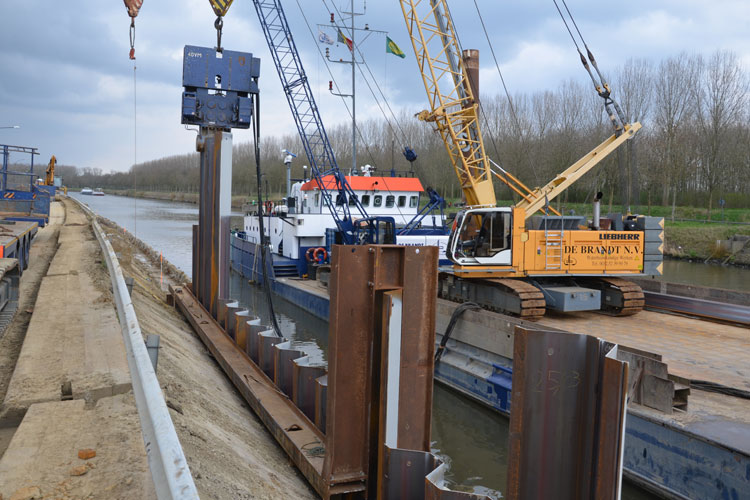
Construction of canal tunnels in Antwerp
For the Oosterweel project in Antwerp, Gooimeer supplied various ZZ sheet piles and steel tubular piles. The interlocks of the sheet piles are fully filled with polyurethane and bituminous sealant for a watertight solution, essential for the canal tunnels and waterworks.























